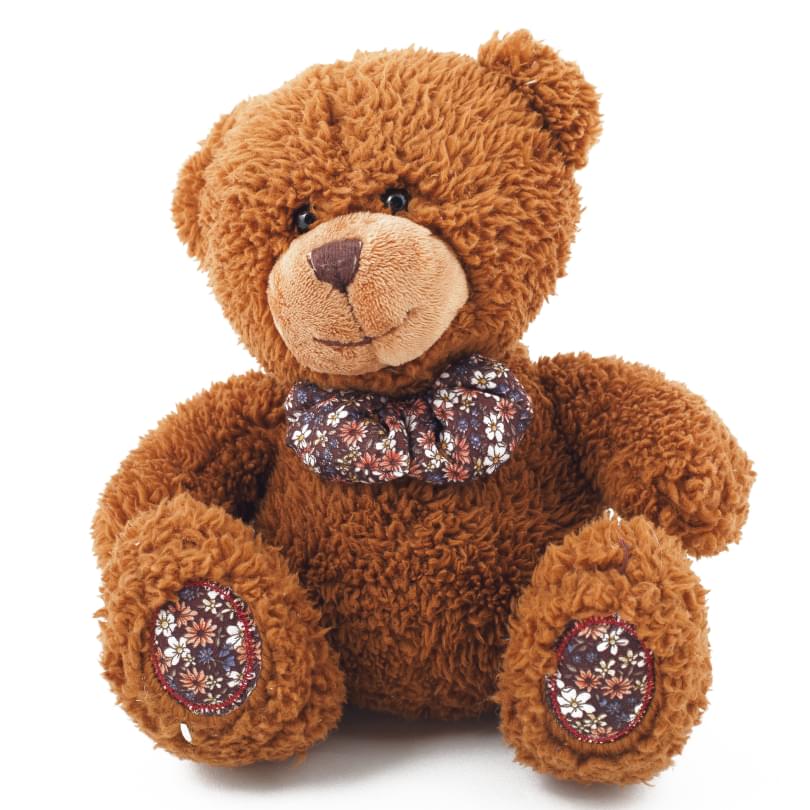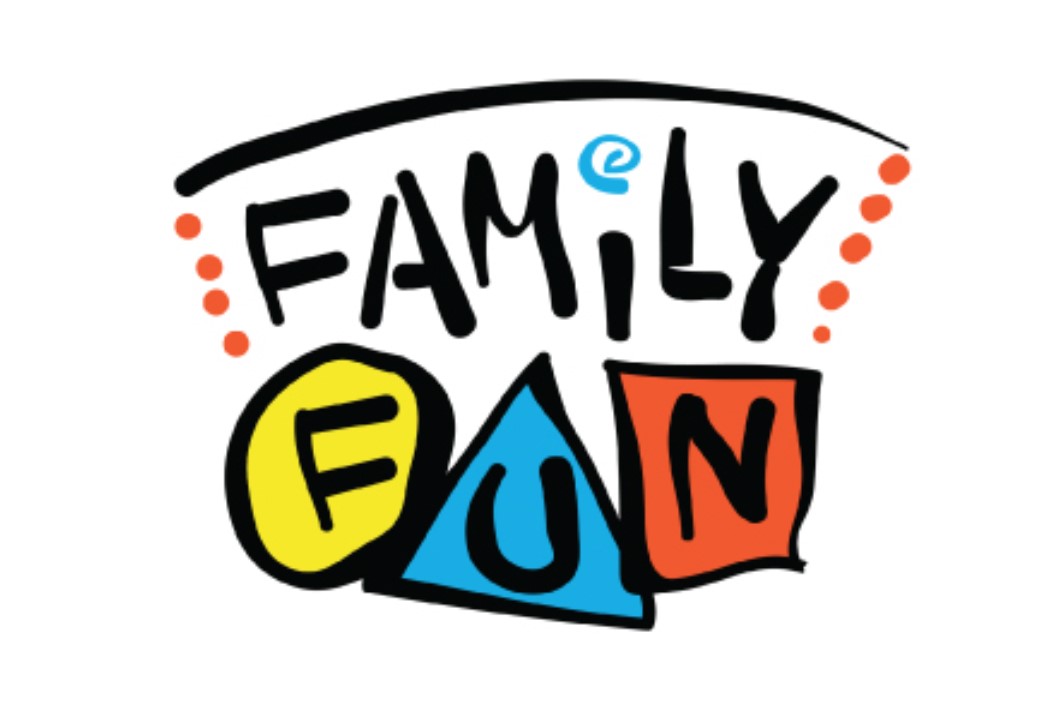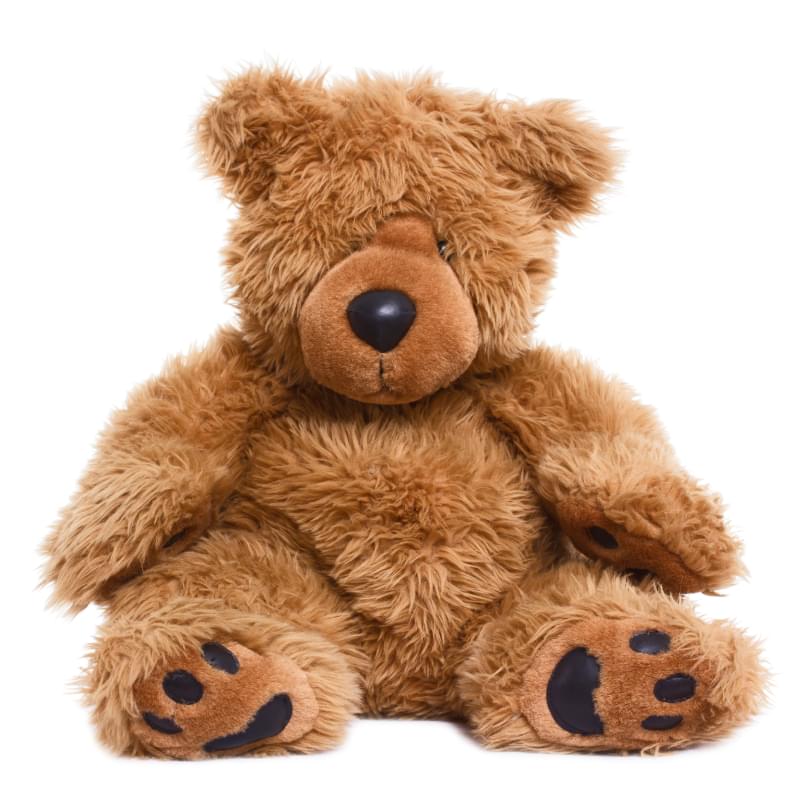
How to Raise a Truly Bilingual Child
Growing up in an environment where one or both parents are not native to the country can be confusing to children. Language, especially, tends to be a huge part of a child’s development and as we have discussed before, raising a child to be very proficient in one language takes a lot of consistent effort.
The effort can lead to some tangible benefits as well, since bilingual children have many cognitive, social and emotional experiences that single-language proficient children do not. Bilingual children routinely do better in school since they have the ability to multi-task better, their cognitive perception is faster from learning two languages and they have a unique perspective since they have the different cultural views of the two languages.
However, growing up as a bilingual speaker means that the child has to achieve a level of proficiency that approaches near-native levels. It is incredible that this expectation falls on a child, even at such an early age, but this is precisely why it is important to start early.
Starting Young Leads to Adult Proficiency
Children are much more flexible mentally when it comes to learning new concepts and language fits this mould. People say that speaking two languages confuses the child but that is not true at all.
On the contrary, starting with two languages early makes the child far more aware of the nuances and differences from a nascent stage. This benefits their brain development as well as they are effectively learning two vocabularies and different cultures that go into their languages.
For instance, if each parent wants to the child to learn their native language, then each parent must commit to speaking to the child in that language. An English-speaking parent will converse and speak in English and the Thai parent will do the same in Thai.
Language crossovers between parents are understandable but to a very large degree, the parent must be responsible for the child’s understanding of the chosen language.
It sounds more difficult than it is but in reality, it is a commitment that you make to increase your child’s bilingual aptitude.
Consider the Environment
Sending your child to English-medium education institutions means that he/she will be formally schooled in English and that will dominate their language areas. However, if you live in Thailand for the long-term, it is not a guarantee that your child’s Thai language proficiency will be naturally good.
This has the opposite effect in some cases, as your child will feel alienated from Thai society despite growing up in it. You can address this from the very beginning of the language learning by finding a way to make Thai immediately accessible on a daily basis.
Following up on our previous example, an important method for your child to learn Thai is to surround your child with Thai language cartoons, get him/her to speak to native Thais daily and find out how Thais expose their language to their children.
The key here is to develop a daily routine through which your child will always have exposure to both languages. If both parents speak English but are committed to living in Thailand for the long term, speaking English at home but encouraging Thai outside the home is a great way to approach this as well.
Formal Exposure Helps
You can actively pursue the learning of a second language for your child as well. Popularly known as ‘Saturday Schools’, the basic curriculum of these classes is get the child to speak, read and even sing another language with a group of peers.
You’ll have trained teachers working on improving the basic mannerisms, nuances and unique cultural aspects of the language with children. This happens to be a great way to give the child more than one perspective on learning the language.
So it is clear that proficiency in a language is the clear goal for any parent. We want our children to have the best path to success and if being bilingual really helps then, the work should start early. Daily routines, immediate early exposure and variety are very important to nurturing a bilingual speaker, especially because you don’t want language learning to be a task or a chore. Make learning rewarding and fun and you’ll be pleased with the progress of your bilingual child.

